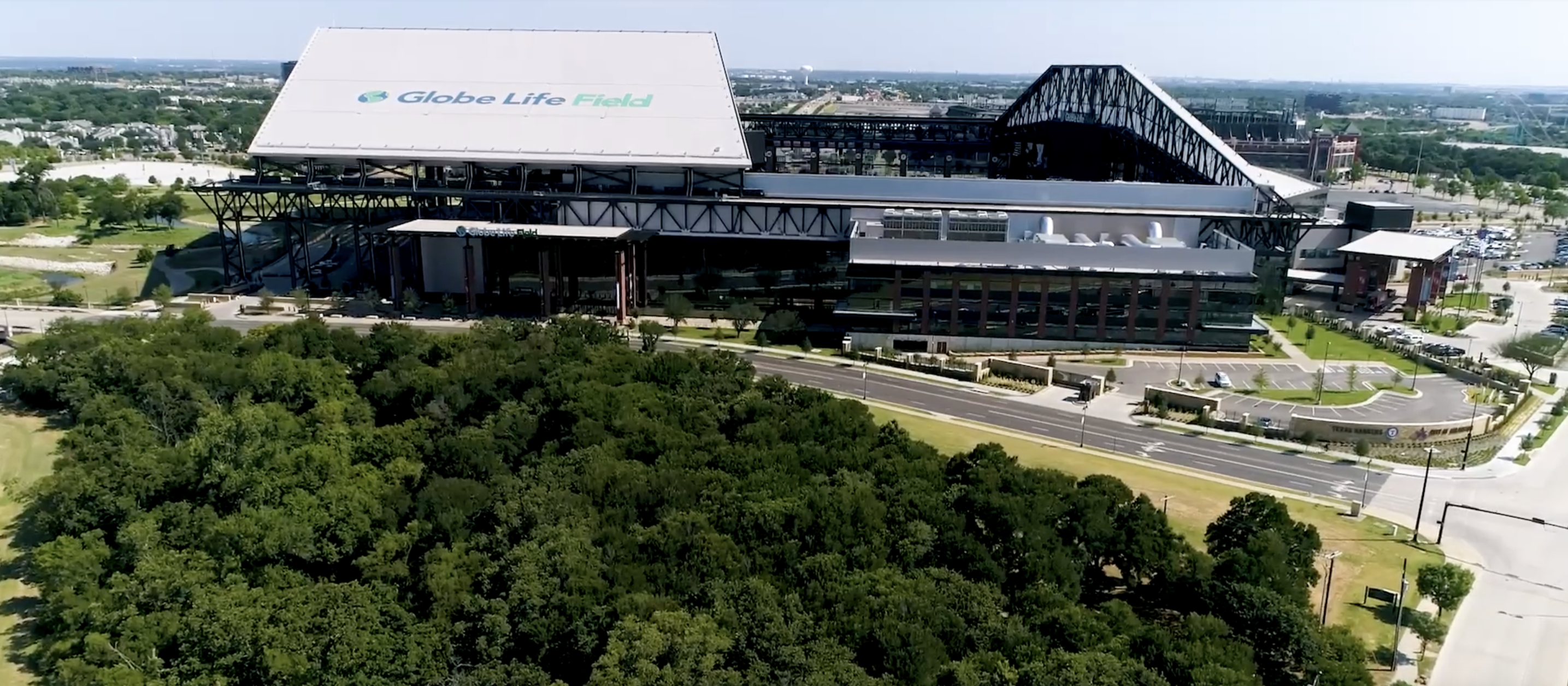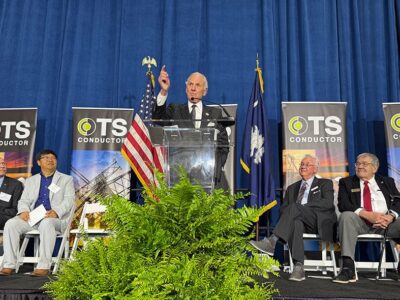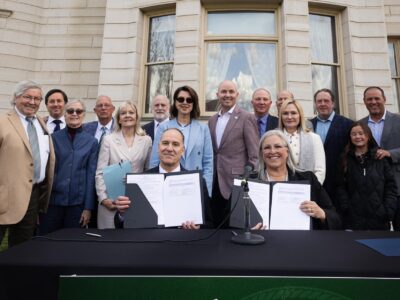This tale is the story of two Globe Life stadiums and one baseball team, the Texas Rangers. In 2014, Globe Life Insurance got the naming rights for the Rangers’ home field, which opened as the Ballpark in Arlington, TX, in 1994. Not long after Globe Life Park in Arlington began its life, the ballclub started planning to build a new stadium, which opened in 2020 as Globe Life Field.
In 2006, when the stadium went by the name of Ameriquest Field, the Rangers ramped up recycling efforts following the launch of the “Commissioner’s Initiative on Sustainable Stadium Operations and Team Practices.” The action arose after Major League Baseball became the first sports league to team up with the Natural Resources Defense Council.
Over the next few years, the team initiated several green programs. It placed more than 110 recycling bins around the stadium, and before post-game trash collection, all the recyclable products were collected and sorted.
The team’s offices shredded paper and compacted cardboard for recycling, and the Rangers also switched from incandescent to fluorescent light bulbs.
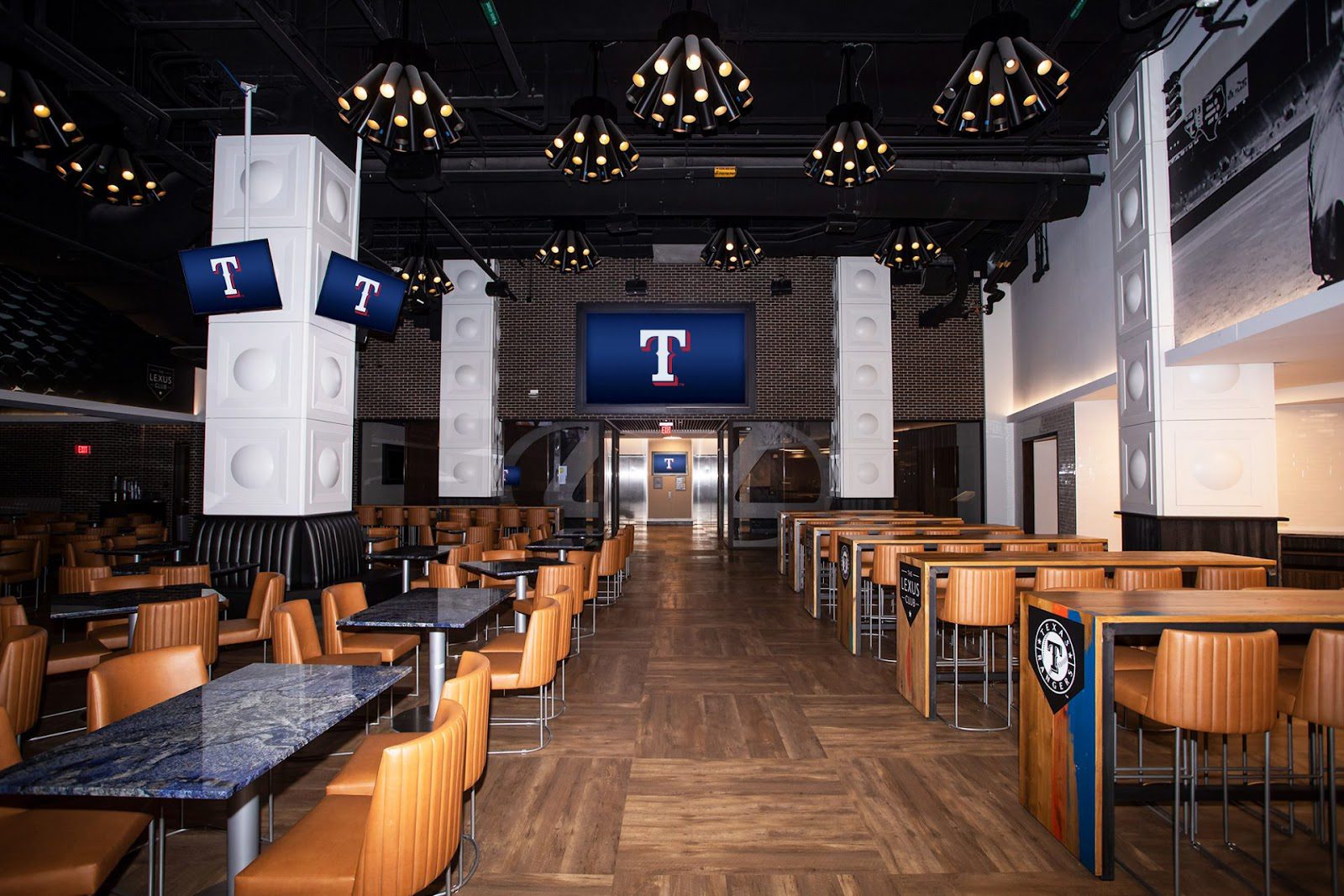
When the Rangers played in the 2010 World Series, the ballclub invited local volunteers to assist in a recycling program. The team partnered with Scotts to clean up three previously unplayable West Dallas baseball fields so that they could be used for the Rangers’ Reviving Baseball in Inner Cities (RBI) program. By 2020, more than 2,000 boys and girls participated in youth baseball and softball activities each year and received life-skills education.
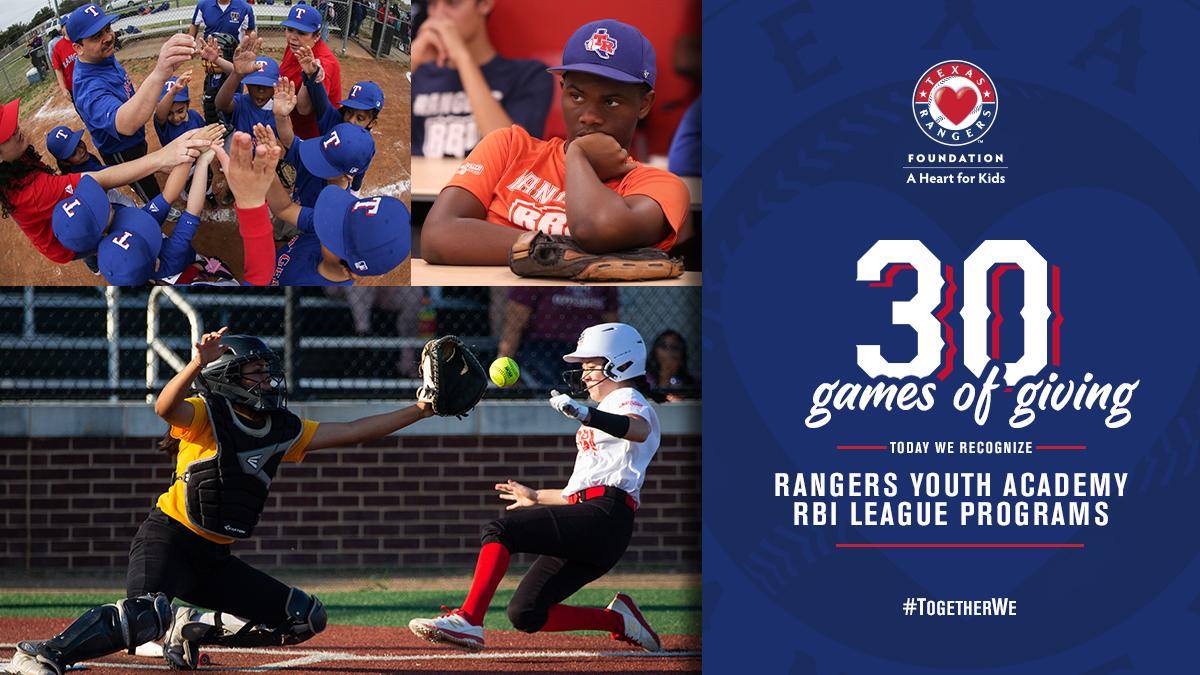
The new Globe Life stadium building plan involved a modular approach that limited waste and construction site disturbances. The building process also recycled and reclaimed various items like wood for the concourse tables.
The Rangers expanded their sustainability efforts at Globe Life Field in Arlington, TX. While a real-time energy analytics system was installed in the old Globe Life stadium to help optimize energy consumption, the new Globe Life was built with automated building management technology. It monitors the stadium’s lighting systems, energy usage, air quality control, and catering operations.
At the old stadium, the field and surrounding grounds were irrigated with water from surrounding lakes, and grass clippings, tree trimmings, and broken pallets were repurposed as mulch. The Rangers significantly improved the water conservation at their new ballpark by using a synthetic grass playing surface. The infill uses a renewable material made from fibers and coconut husks instead of rubber pellets, more commonly used with artificial turf. Global Life Field mainly uses water irrigation for exterior landscaping, which is minimized by adding native plants, which typically require less water and maintenance than non-native ones.
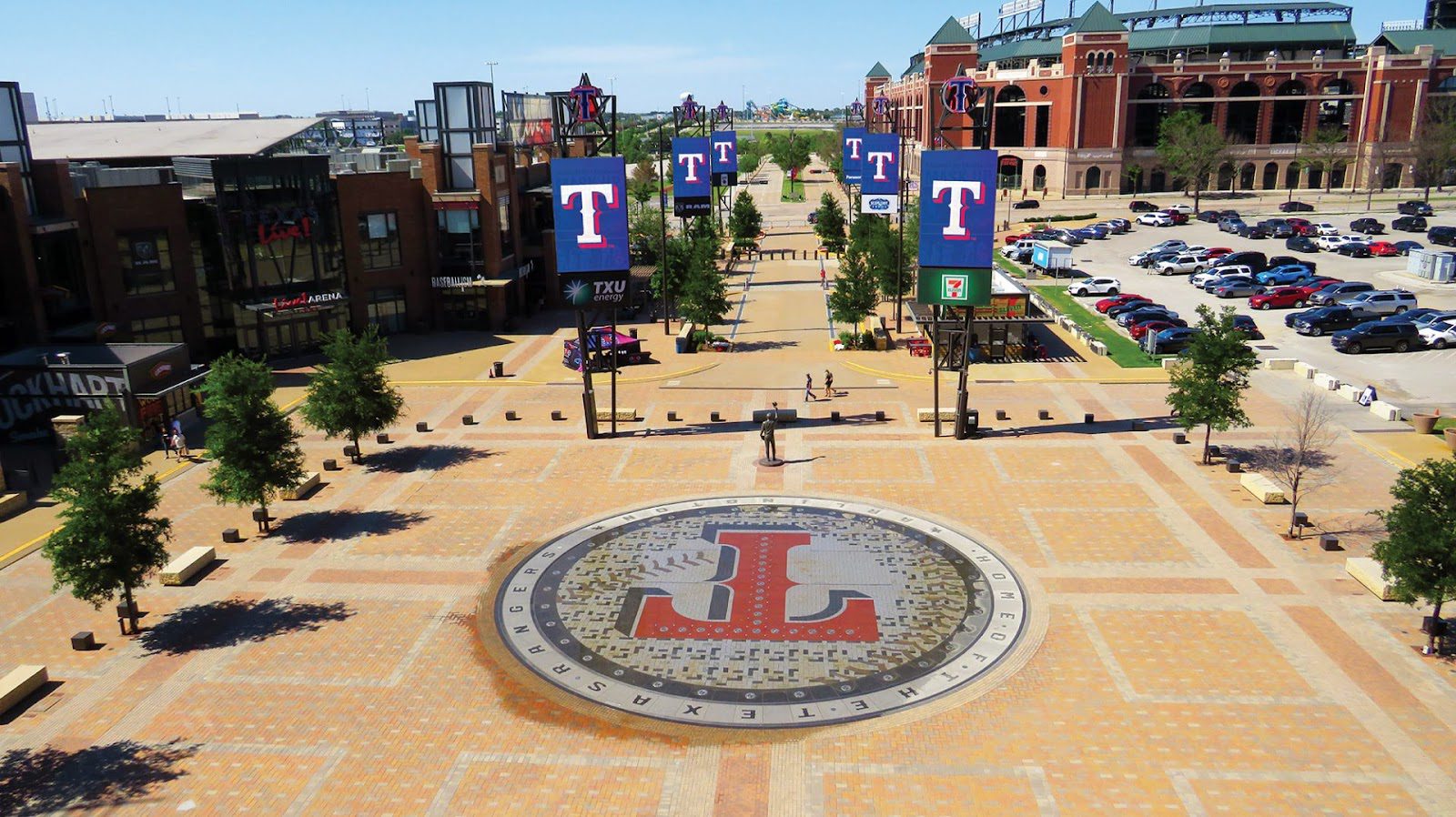
Besides the synthetic grass, the other central green element of Globe Life Field is its retractable roof, one of the largest in America. The Rangers can more efficiently protect games from the Texas climate by having a covered stadium.
This 120,000+ square foot structure is constructed out of ethylene tetrafluoroethylene (ETFE), a lightweight plastic polymer transparent enough to let ample sunlight into the stadium, which cuts down on electrical usage.
Globe Life Field lowered electric consumption by going with LED field lights. Several parking lots boast LEDs too, and all of the lots have timers, so energy isn’t wasted unnecessarily. More electrical savings come through data tracking that controls the water chiller temperature. Cutting-edge technology also tracks soap, paper towel, and toilet paper usage. Low-flow toilets were also installed in bathrooms, which promotes water conservation.
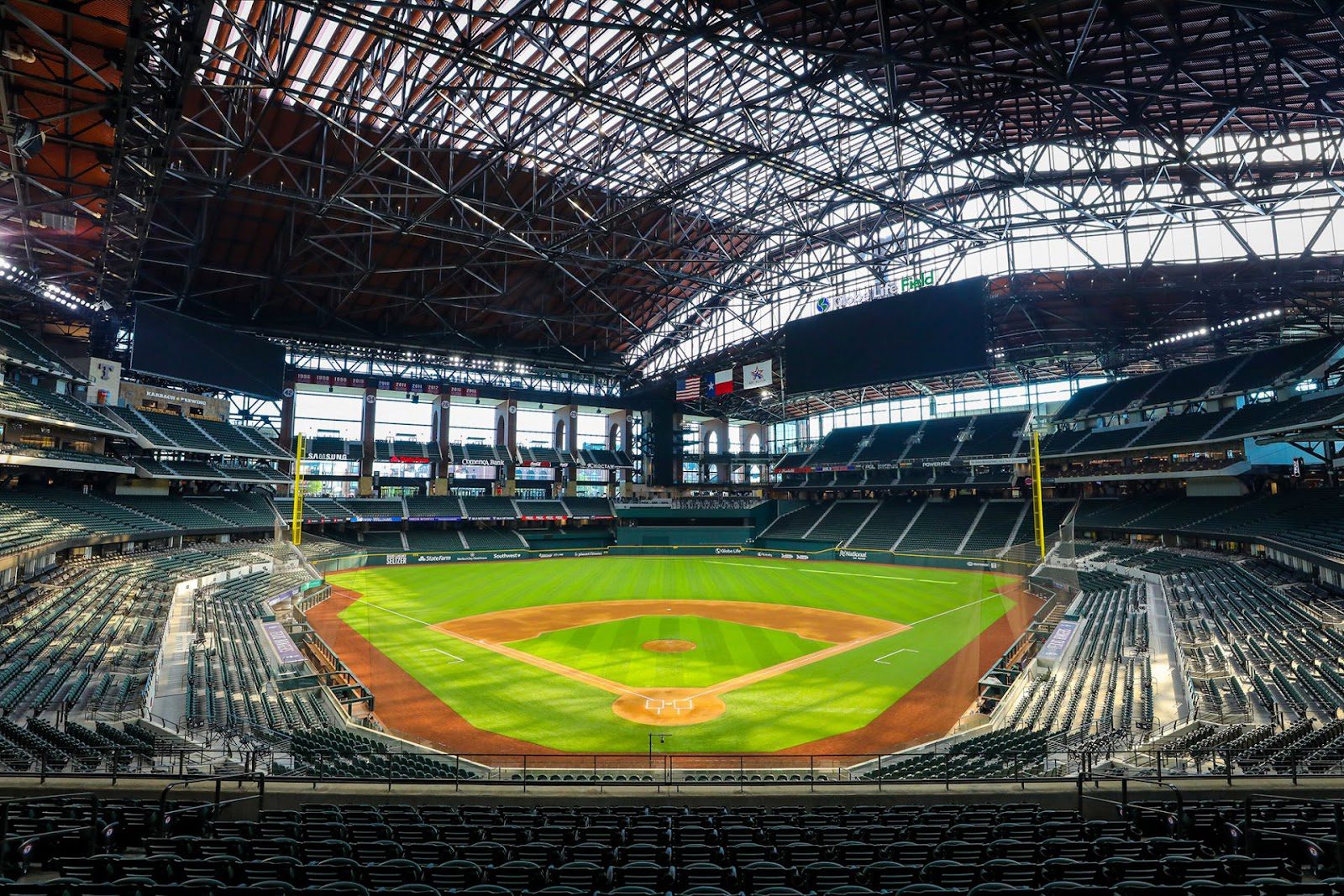
The Rangers had a diverse recycling effort at Globe Life Park that continued at Globe Life Field. At the old stadium, the ballclub recycled everything from plastic containers and carpeting to e-waste and rubber tires. The new stadium collects kitchen grease and sends it to recycling plants. Also, the team donates unused concession food to Mission Arlington, which supports its pantries and helps those struggling with food insecurity.
During the 2022 season, the Rangers have taken part in the National Recycling League, a multisport partnership launched by Anheuser-Busch InBev to cut down on game-day waste. “Recycling hawkers” — a sustainability counterpart to beer and soda vendors — collect cans and bottles at games. The participating teams have pledged to decrease waste by incorporating ideas like in-seat recycling and using “infinitely recyclable” aluminum cups. While there is a prize of a round of beer for fans for winning the National Recycling League, the real victory is improving recycling totals and spreading the word about sustainability.

